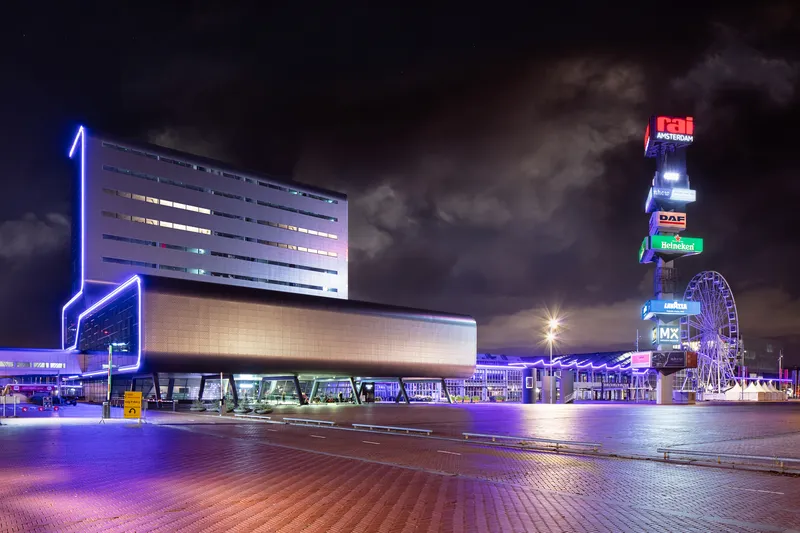Consultancy and technology company Indra is to integrate an advanced energy efficiency system for buildings and an intelligent public lighting demonstrator into its urban platform. The company is heading up the development of a pilot program to be carried out in Barcelona within the framework of the Arrowhead project, a major European initiative focused on developing technologies for providing advanced services in smart cities.
July 4, 2013
Read time: 2 mins
Consultancy and technology company 509 Indra is to integrate an advanced energy efficiency system for buildings and an intelligent public lighting demonstrator into its urban platform. The company is heading up the development of a pilot program to be carried out in Barcelona within the framework of the Arrowhead project, a major European initiative focused on developing technologies for providing advanced services in smart cities.
With the participation of 78 organisations from eleven countries, Arrowhead is co-financed by the European Union and the Spanish Ministry of Industry, Energy and Tourism as part of the Artemis call for proposals in the seventh Marco Programme.
The pilot includes development of a system for smart buildings that will provide monitoring and intelligent control of energy consumption in real time to significantly reduce the energy footprint and help create models for related savings in buildings. The goal is to collect data through the deployment of sensors for detecting energy use, presence and humidity, using diverse communication technologies and protocols, real-time monitoring and management of energy consumption, integration of renewable energies and electric vehicle recharging to control intelligent buildings.
The intelligent public lighting pilot will include a street in Barcelona where sensors will be installed in street lights to monitor environmental data such as light intensity, energy consumption and road traffic and pedestrians. The street lights will incorporate LED technology to control light intensity based on all the monitored data.
Both pilots will be integrated in ATENEA, Indra’s platform for smart city control, which will manage the generated data to provide a complete vision of activity.
With the participation of 78 organisations from eleven countries, Arrowhead is co-financed by the European Union and the Spanish Ministry of Industry, Energy and Tourism as part of the Artemis call for proposals in the seventh Marco Programme.
The pilot includes development of a system for smart buildings that will provide monitoring and intelligent control of energy consumption in real time to significantly reduce the energy footprint and help create models for related savings in buildings. The goal is to collect data through the deployment of sensors for detecting energy use, presence and humidity, using diverse communication technologies and protocols, real-time monitoring and management of energy consumption, integration of renewable energies and electric vehicle recharging to control intelligent buildings.
The intelligent public lighting pilot will include a street in Barcelona where sensors will be installed in street lights to monitor environmental data such as light intensity, energy consumption and road traffic and pedestrians. The street lights will incorporate LED technology to control light intensity based on all the monitored data.
Both pilots will be integrated in ATENEA, Indra’s platform for smart city control, which will manage the generated data to provide a complete vision of activity.









